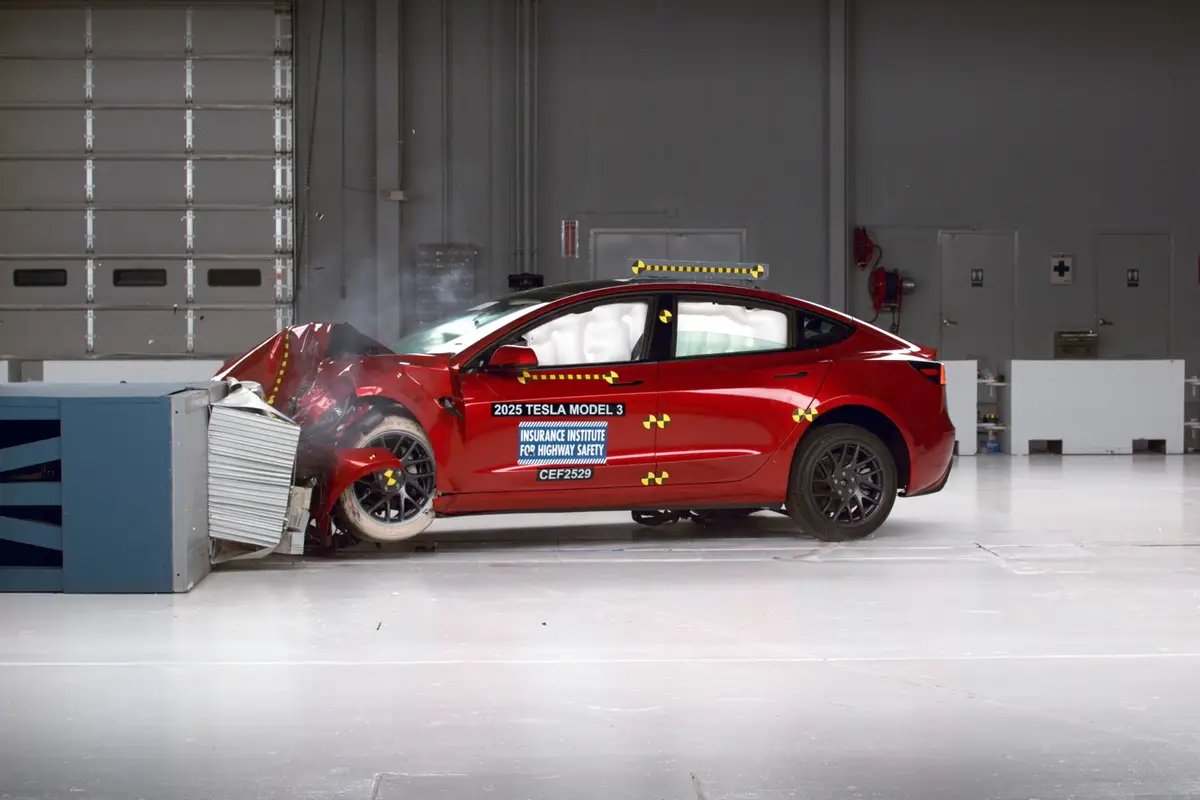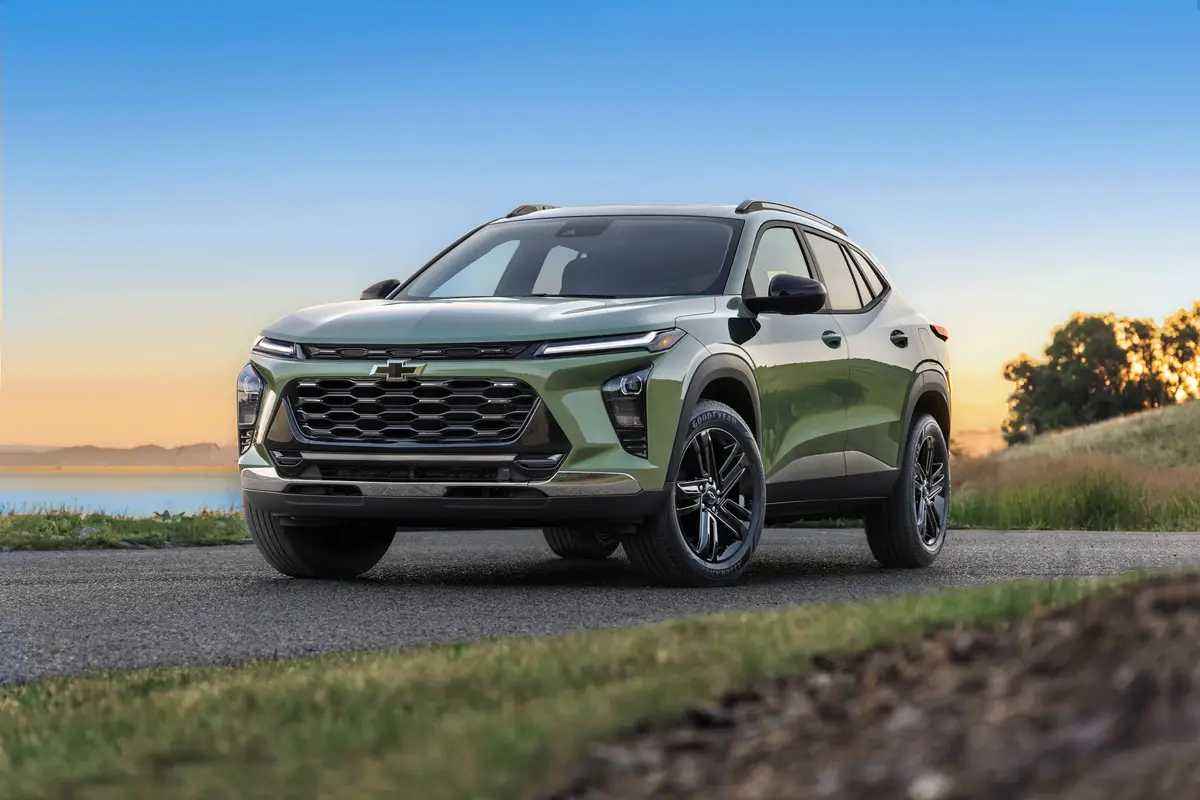Star-Telegram.com's view
A significantly revised, 2007 Nissan Quest minivan is on sale now. And for anyone looking for a great family van, this is one of the best choices available.
The changes for ’07 are significant: The instrument panel that was a turn-off for many would-be buyers of the previous model has been redesigned, and the new Quest has a redesigned interior that makes it even more useful and convenient than before.
. The unique, stylish exterior has been refined, but not drastically altered.
Introduced just over three years ago as the first product from Nissan’s new Canton, Miss., assembly plant, the second-generation Quest’s sales have been a disappointment for Japan’s second-biggest automaker.
The problem stemmed not from the vehicle’s bold exterior styling, which while not exactly a copy of the average minivan, still wasn’t a radical departure from the norm. Instead, the instrument panel probably was the vehicle’s only real fault, Nissan’s showroom research found. A big complaint was having the speedometer in the middle of the dash, rather than in front of the driver.
Dealers say that prospective buyers, usually women, would look into the cockpit, shake their heads, and exit the dealership.
“The instrument panel center stack was not consumer-friendly or aesthetically pleasing to most consumers,” said Kelly Hamilton, Nissan’s senior marketing manager for the Quest.
For 2007, the speedometer and other instruments have been moved to the conventional location above the steering column, part of a complete interior redesign for the Quest.
The goal, Hamilton said, was to create an “urban loft” feeling for the car’s interior, which she defined as a “refined, warm and inviting urban space for family and friends.” The Quest is designed for “stylish moms,” she said.
And even though the minivan market stalled somewhat over the past decade as sport utility vehicles became popular, the segment is stable at about 1.1 million annual sales in the U.S. market now.
Chrysler Group still owns the bulk of that segment, and Honda and Toyota are duking it out as the top sellers among the import minivan brands.
Nissan hopes that the redesigned Quest, in distant third place among the imports, can carve out a much bigger share this year. And if people want a minivan that is both useful and stylish, the Quest would be the most-obvious choice.
When Nissan introduced the second-generation Quest concept at the Detroit auto show in 2002, the design was even way more radical than the finished product, but car people liked it.
Nissan promoted the concept as a way to break the minivan out of its dull mold, and help revive a flagging vehicle class that had become the symbol of over-domestication – the ultimate “mom-mobile.”
And as innovative as the new Quest was, it didn’t bring hordes of new consumers into the minivan fold, and it did not appeal to the traditional minivan consumer, either.
The company sold just 40,357 Quests during calendar year 2005, compared with combined sales of 407,570 for the Dodge Caravan/Chrysler Town & Country minivans, 174,275 for the import-leading Honda Odyssey, and 161,380 for the Toyota Sienna.
I’m not sure that the design of the new Quest, particularly the instrument panel layout, was the real reason for the vehicle’s problems, however. The name of the vehicle probably should have been changed when the new Quest was introduced.
The previous version developed somewhat of a bad reputation – mostly because it was not really a Nissan product. Instead, for its first seven years, the Quest was a clone of the Mercury Villager, built in a Ford assembly plant in Ohio using body panels and engines/transmissions from Nissan plants in Tennessee.
Those Mercury/Nissan vans had some quality problems.
For that reason, the Quest name probably was a hindrance to the success of the new model, which is entirely a Nissan product with no relationship to the prior model.
If the interior of the second-generation Quest was the problem, then the changes for 2007 should help get the vehicle on track.
The Quest remains one of the roomiest minivans on the market, and it has the widest-opening doors, which allow for easy access to the standard fold-away second- and third-row seats.
The headrests have been redesigned so they will not have to be removed to fold the third seat into the floor to create a completely flat load space. The headrests fold away automatically as the seat is lowered into the floor.
Among new features are a hands-free Bluetooth cell phone system; and a new audio system that includes a six-disc, in-dash CD player with MP3 playback capability and a jack to allow an iPod or other audio device to be connected.
The Quest’s enhancements were part of one if the largest mid-cycle investments in a vehicle in the company’s history. No figure was given for the cost of the changes, but automakers usually reserve big changes for new generations of a vehicle, which usually comes about every six to 10 years. Often, an automaker just discontinues a vehicle as disappointing as the Quest has been – just as Pontiac did last year with the Aztek.
But that’s not a good option for Nissan when the minivan segment is still so big and potentially profitable.
Besides moving the speedometer, Nissan has also redesigned the center pod in the Quest, which includes the heating/air conditioning and audio systems. The automatic-transmission shifter remains in the center pod, below the space for the optional information screen or navigation system.
To the right of the pod is a larger glove box. And a new fixed center console is optional for the area between the front seats. It has a large storage compartment with a hidden lower compartment.
The new Quest’s seats are furniture-style, Nissan said, part of the “urban loft” design. Both of the sliding side doors are available with power opening/closing, as is the rear liftgate.
Among the best features of the Quest is the optional SkyView glass-paneled roof, which has skylights over the second and third rows of seats.
The new model is powered by the same 3.5-liter V-6 engine from the 2006 model, rated at 240 horsepower and 242 foot-pounds of torque. It’s connected to a smooth-shifting, electronically controlled five-speed automatic transmission.
There is now a choice of 16-, 17- or 19-inch wheels, and Michelin PAX run-flat tires are offered with the 19-inch wheels. A tire-pressure monitoring system is standard on all models, along with four-wheel antilock disc brakes with electronic brake-force distribution and brake-assist.
Among other safety features are overhead side-curtain air bags for all three rows of seating. A rear-view monitor system is standard on uplevel models, and available on other versions.
Four trim levels are offered, beginning with the Quest 3.5 model ($24,350 plus $650 freight). Next is the 3.5 S ($25,650), followed by the 3.5 SL ($27,500).
Top of the line is the 3.5 SE, which we tested. Its base price is $33,900. It comes with leather interior and the sunroof system, along with lots of other amenities including automatic climate control and rear air conditioning.
A long list of extras on our test vehicle raised the final sticker price to $41,930, including freight.
These included a seat package ($750) that brought captain’s chairs to the middle row; a technology package ($800) that added the Bluetooth phone system and XM satellite radio; the navigation system and run-flat tires package, including 19-inch alloy wheels and a cargo organizer ($2,650); a DVD entertainment system with overhead eight-inch screens for both rows of rear seats ($2,000); and a towing package ($560), among other things.
The fuel tank holds 20 gallons of gasoline, and Nissan says premium fuel is recommended. EPA fuel-economy ratings are 18 miles per gallon in the city and 25 on the highway.
G. Chambers Williams III is staff automotive columnist for the San Antonio Express-News and former transportation writer for the Star-Telegram. His automotive columns have appeared regularly in the Star-Telegram since 1995. Contact him at (210) 250-3236; chambers@star-telegram.com.
At a Glance: 2007 Nissan Quest minivan
The package: Five-door, five- or seven-passenger, front-wheel-drive, V-6 powered minivan. Highlights: All new for model year 2004 and significantly updated for 2007, this is the second generation of the Nissan’s Quest minivan, but this time it’s all Nissan, and no longer is shared with or produced by Ford Motor Co. as the previous Quest was. It’s the most stylish of all the minivans, and has sporty performance as well. Gone for 2007 is the controversial instrument panel. Negatives: Can get pricey with all the options. Engine: 3.5-liter V-6. Transmission: Five-speed automatic. Power/torque: 235 HP/240 foot-pounds. Length: 204.1 inches. Curb weight: 4,291-4,480 pounds. Brakes, front/rear: Disc/disc, antilock. Cargo volume: 32.7 cubic feet (third seat in place). Fuel capacity/type: 20 gallons/unleaded premium recommended but not required. EPA fuel economy: 18 miles per gallon city/25 highway. Major competitors: Toyota Sienna, Honda Odyssey, Chrysler Town & Country, Dodge Caravan, Chevrolet Uplander, Buick Terraza, Saturn Relay, Kia Sedona/Hyundai Entourage, Ford Freestar/Mercury Monterey. Base price range: $24,350-$33,900 plus $650 freight. Price as tested: $41,930 including freight and options (3.5 SE model). On the Road rating: 9.2 (out of a possible 10).
Latest news



